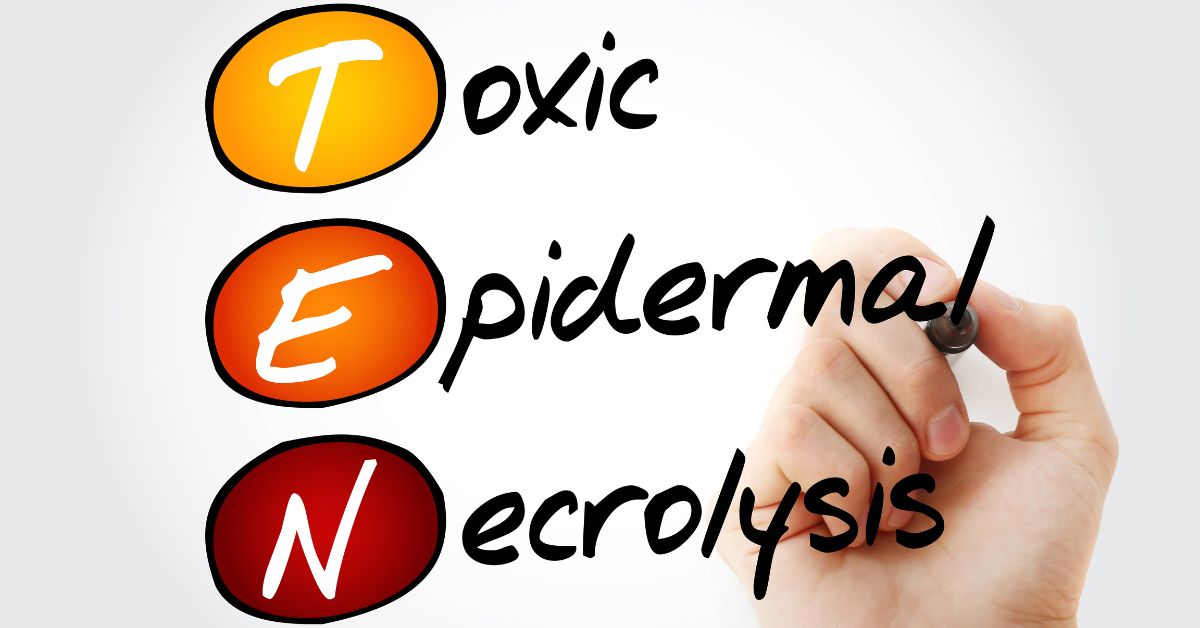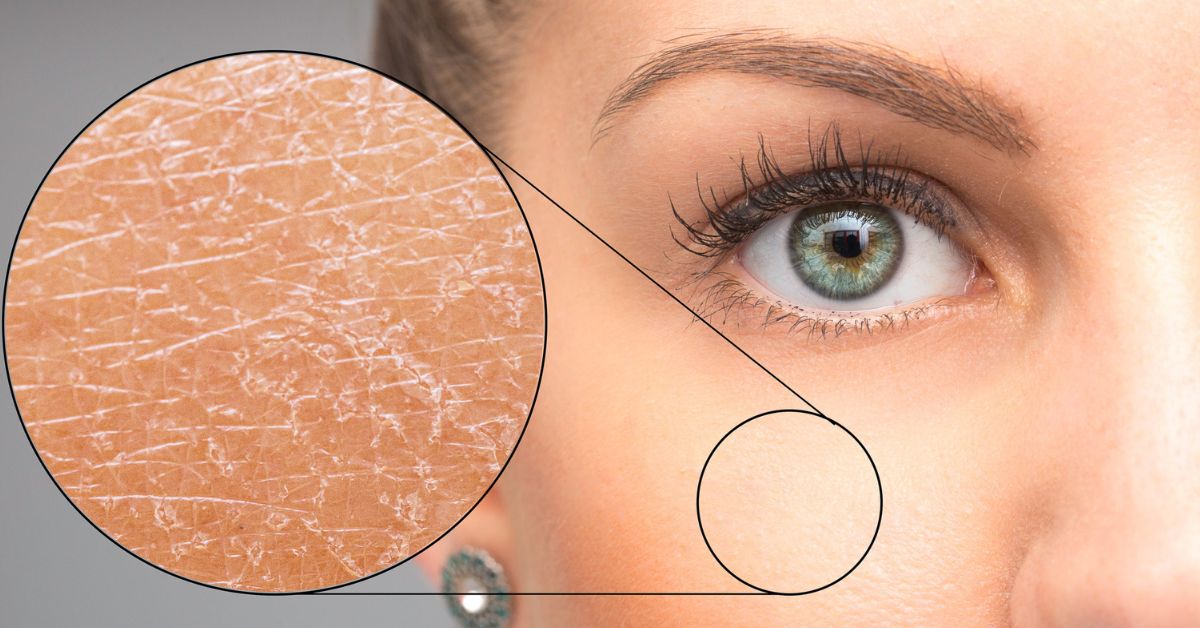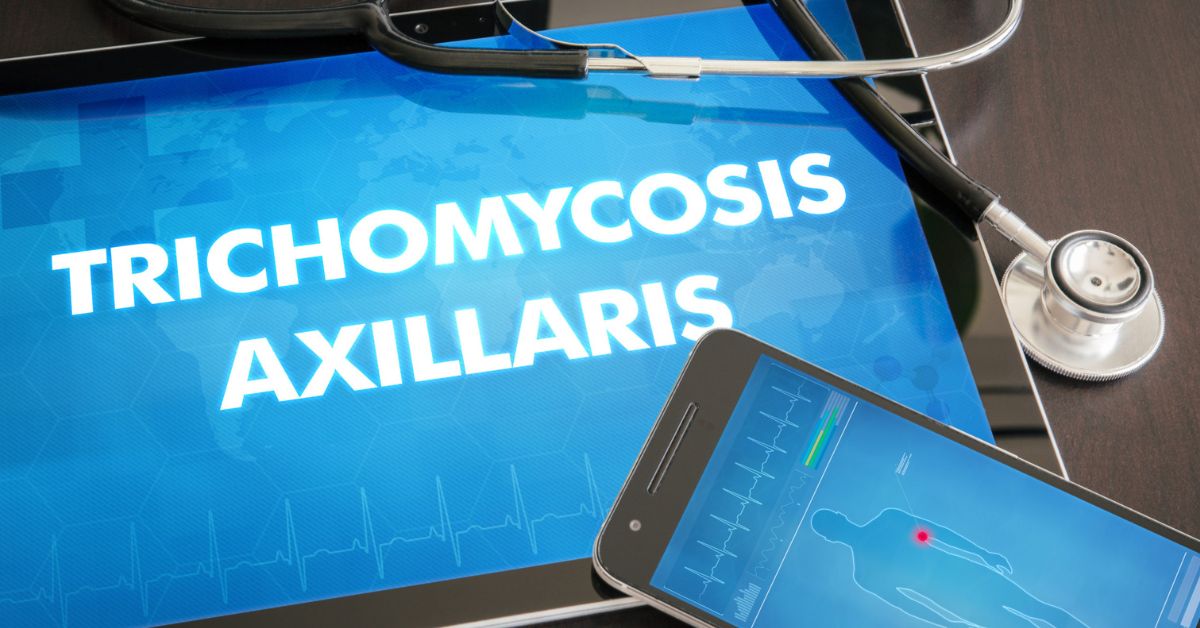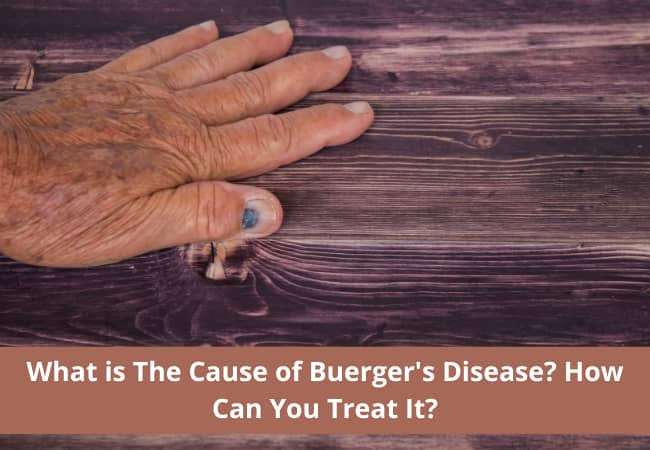Toxic Epidermal Necrolysis (TEN) : Causes, Symptoms and Treatment


Overview
Toxic epidermal necrolysis (TEN) is a life-threatening and rare skin condition. It’s a severe form of Stevens-Johnson syndrome (SJS).
What do we need to know about TEN?
TEN is diagnosed when more than 30% of the skin surface gets affected, with mucous membranes getting extensively damaged. Blisters and peeling of skin are the main characteristics of TEN. This condition can affect people of any age.
TEN is usually caused by a reaction to certain medications. It is a life-threatening condition that needs emergency treatment.
What are the symptoms of TEN?
Toxic epidermal necrolysis signs and symptoms include:
- Severe skin blisters
- Skin pain
- Skin peeling
- Painful spreading skin rashes over more than 30% of the body
- Swelling and sores on the mucous layers, including the eyes, mouth, throat, and vagina.
- Fever and chills
- Runny nose and sore throat
- body ache
What are the causes of TEN?
The usual cause of TEN is abnormal and severe reactions towards medicines.
The most common drug triggers of SJS/TEN include antibiotics, epilepsy drugs, sulfa drugs and allopurinol. The symptoms are likely to start showing up one to four weeks after you start taking a new drug.
When to see a doctor?
If you experience any of the symptoms mentioned above, immediately seek medical help.
Request an appointment at Apollo Hospitals
What are the risk factors associated with TEN?
Following are the Risk Factors:
- A weakened immune system due to organ transplant, HIV/AIDS and autoimmune diseases
- Cancer especially blood cancers
- Family history of TEN.
- Genetic factors.
- Chronic diseases of joints and connective tissue
What are the treatment options for TEN?
Immediately rush to the hospital the moment you notice the symptoms. Patients need to get hospitalized and the reaction-causing medicine is discontinued. Treatment modalities include:
- Isolation to prevent bacterial or fungal infections.
- Intravenous electrolytes and fluids
- Ointments on the affected area
- Protective medical bandages to cover the damaged skin.
- Antibiotics.
- Intravenous immunoglobulin G
Conclusion
Toxic epidermal necrolysis (TEN) is a severe condition that needs immediate hospitalization. It’s a life-threatening skin reaction and can lead to dehydration and sepsis in no time. Depending upon the patient and the severity of the condition, the recovery period can take weeks to months.
Frequently Asked Questions (FAQs)
What are the complications of TEN?
People above 70 years and those with cancer and liver cirrhosis are at a higher risk of developing these complications. Complications include:
- Sepsis: when the bacterial infection spreads in your bloodstream.
- Breathing difficulty or acute respiratory failure
- Corneal scarring
- Permanent skin damage
- Hair Loss and disfiguration of finger and toenails.
- Vaginal sores and vaginal fusion.
- Emotional distress.
How is TEN diagnosed?
Your doctor will diagnose by looking at the skin and mucous membrane. It is diagnosed when those with SJS develop severe disease that affects more than 30% of the body.
What is Stevens-Johnson syndrome?
SJS is a less severe form of TEN, in which up to 10% of the skin is affected.
© Copyright 2024. Apollo Hospitals Group. All Rights Reserved.
 +91 8069991061
Book Health Check-up
+91 8069991061
Book Health Check-up







